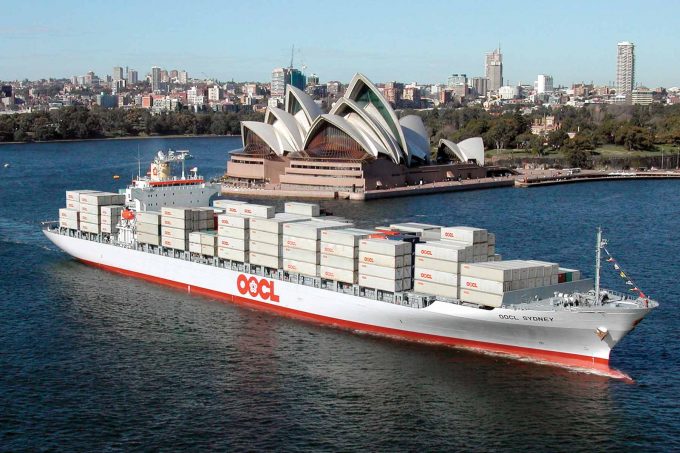Making landfall: Antwerp-Bruges H1 25 box volumes tell a congested story
…and don’t forget Rotterdam

OOCL has released it 2019 fourth-quarter operational results, showing volume gains on all its trades except the transpacific, which took a hit from the tariff-related downturn.
Moreover, OOCL’s traditional pre-cursor to the quarterly financial results season would appear to bode well for the earnings of its ...


Comment on this article